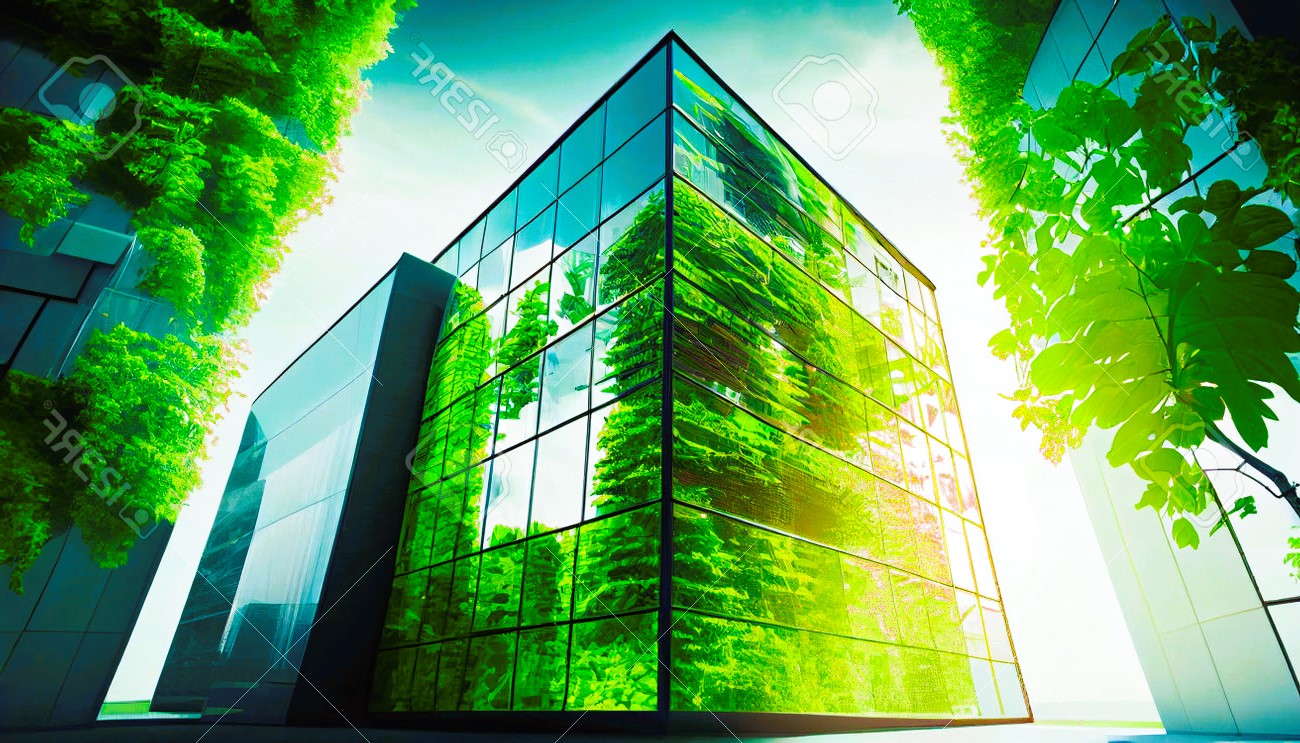In recent years, sustainability has become a key consideration in the construction industry, with a growing emphasis on reducing environmental impact and promoting energy efficiency. As one of the most versatile building materials, glass plays a significant role in achieving sustainability goals in modern construction. In this article, we will explore sustainable glass solutions and eco-friendly options that contribute to environmentally responsible building practices.
1. Energy-Efficient Glazing
Energy-efficient glazing is a cornerstone of sustainable building design, as it helps minimize heat loss and reduce reliance on artificial heating and cooling systems. Low-emissivity (low-E) coatings applied to glass surfaces help reflect heat back into the building during the winter and prevent solar heat gain in the summer, resulting in reduced energy consumption and lower utility bills. Double or triple-glazed windows with argon or krypton gas fillings further enhance insulation properties, making them ideal for sustainable construction projects.
2. Recycled Glass Content
Integrating recycled glass into architectural designs is another sustainable practice that reduces the demand for raw materials and minimizes waste generation. Recycled glass can be incorporated into various glass products, including countertops, tiles, and decorative panels, offering both aesthetic appeal and environmental benefits. By utilizing recycled glass content, builders can contribute to resource conservation and support circular economy principles in construction.
3. Cradle-to-Cradle Certification
Cradle-to-cradle certification ensures that glass products meet rigorous environmental and social criteria throughout their lifecycle, from raw material extraction to manufacturing, use, and end-of-life disposal. Glass manufacturers adhering to cradle-to-cradle principles strive to minimize environmental impact, optimize resource efficiency, and promote social responsibility in their operations. Specifying cradle-to-cradle certified glass products is an effective way to support sustainable building practices and achieve green building certifications.
4. Photovoltaic Glass

Photovoltaic (PV) glass, also known as solar glass, combines the functionality of traditional building materials with renewable energy generation capabilities. PV glass integrates solar cells into its structure, allowing it to capture sunlight and convert it into electricity. By incorporating PV glass into facades, windows, and skylights, buildings can generate clean, renewable energy onsite, reducing reliance on fossil fuels and lowering carbon emissions. Additionally, PV glass helps improve building energy performance and contributes to LEED certification and other green building rating systems. Read about how green building standards influence design in our article.
5. Dynamic Glass Technologies
Dynamic glass technologies offer innovative solutions for optimizing daylighting, solar control, and occupant comfort in buildings. Electrochromic, thermochromic, and suspended particle device (SPD) glass technologies allow for real-time control of light transmission and solar heat gain, adapting to changing environmental conditions and user preferences. By dynamically adjusting glass tint and transparency, these technologies enhance energy efficiency, mitigate glare, and create comfortable indoor environments, supporting sustainable building design objectives.
Incorporating sustainable glass solutions into modern construction projects is essential for achieving environmental stewardship and meeting energy efficiency targets. By embracing energy-efficient glazing, recycled glass content, cradle-to-cradle certification, photovoltaic glass, and dynamic glass technologies, builders and architects can create buildings that not only minimize environmental impact but also enhance occupant comfort and well-being. As the construction industry continues to prioritize sustainability, sustainable glass solutions will play an increasingly integral role in shaping the buildings of tomorrow.
For more information on sustainable glass solutions and related standards, please visit Wikipedia.

